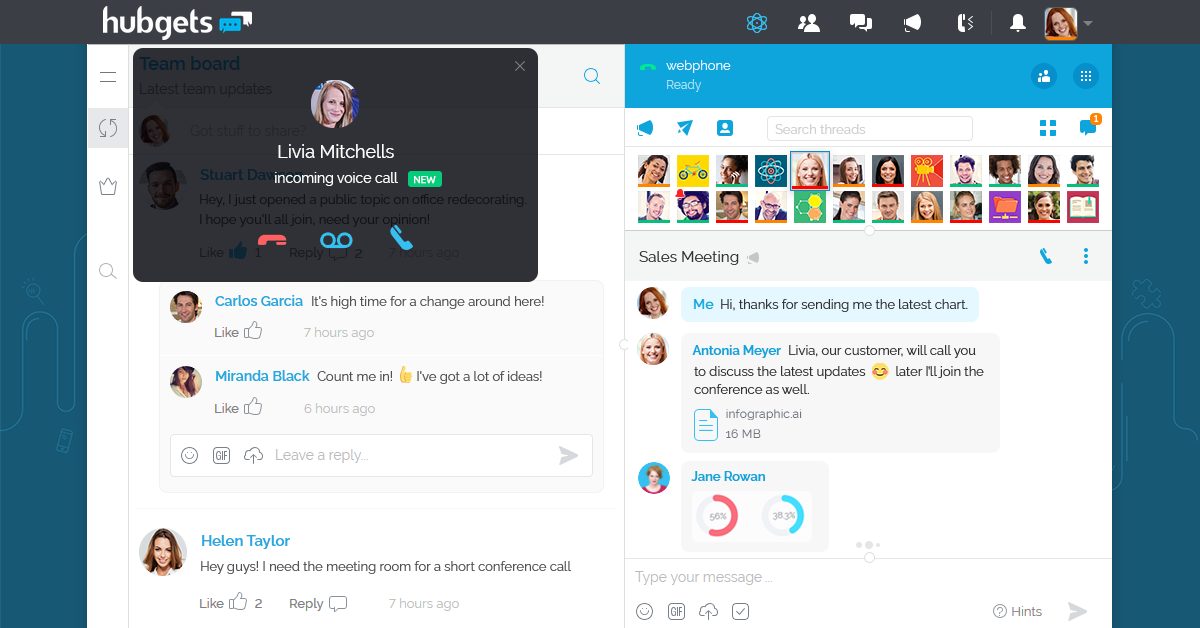The pandemic has been quite tough on many businesses and individuals. About 60% of businesses that closed during the pandemic haven’t reopened. These numbers are undoubtedly discouraging for fledgling and seasoned entrepreneurs alike.

The pandemic has been quite tough on many businesses and individuals. About 60% of businesses that closed during the pandemic haven’t reopened. These numbers are undoubtedly discouraging for fledgling and seasoned entrepreneurs alike.

Social media has become one of the most powerful tools to connect with customers in this century. Human behavior has changed when it comes to forming bonds, conducting research, and deciding whom to listen to. When used correctly, social media can help you grow your leads with social selling.

Some time ago, I wrote a short guide on how to growthhack Twitter to work for your startup. Two summers and a pandemic later, I’m back with some thoughts on how to use social media in general to widen your sales pipeline and ultimately drive more revenue for your business.

In the early days when you’re laying the ground for your startup, the founder or co-founders and the core team do whatever it takes to make it work. You are a funny mix of engineering, testing, marketing and the ultimate sales machine. But how are you promoting your product?

Working with remote teams is a challenge even for the most savvy team leader. Having people from around the world working together can be both a blessing and a challenge. On one hand, you have access to a global workforce, which allows you to enroll the most suitable candidates. But on the other hand, there are lots of obstacles to overcome. In this article we are going to discuss about virtual meetings, one of the hurdles of working remotely, and offer some advice to help you get past it.

Let’s take all these urban legends out of the way, even if it’s just for a second. The picture is not so bright anymore, right?

Micro-goals are a novel concept in strategy. They allow a tactical segmentation of organizational plans. In a sense, it’s like re-creating your organization at a micro-scale.
Micro-goals are a way for your organization to learn. You use them to determine what outcomes are achievable by a small, very special, task force. Then you measure the progress of such a team and learn as much as you can.

People often wonder how startups can survive when they don’t have anything to sell. The product or service is just a glimpse of an idea, or better yet, a few lines of code written on a night of inspiration. What does it take to start with a dream, build a whole reality upon it and stay strong along the way?

As long as you have a brilliant idea and determination, nothing can stop you from reaching your goals, in life and business. Just look at these successful entrepreneurs: one of them finished reading an entire library by the age of 8, the other learned English by offering tour guide services to foreign visitors, and the last one doesn’t know how to code, even though he owns one of the most popular apps today. Guessed who I’m talking about?

Author: Maurizio Pesce, image licensed under the Creative Commons Attribution 2.0 Generic license. https://commons.wikimedia.org/wiki/File:Elon_Musk,_Tesla_Factory,_Fremont_(CA,_USA)_(8765031426).jpg#filelinks
Every entrepreneur acknowledges that hiring great people is their most important task, especially during the early stage of their startup. Nonetheless, very few go on the hiring journey with a strategic plan. That’s usually because, on paper, the hiring process seems to be fairly easy: post a job opening, read applications, select a few candidates for face-to-face interviews, hire the one that performs better, and repeat the process. From this perspective, flair seems to be the only thing employers need to get the hiring process right. Right?
Well, not exactly.
Photo by rawpixel on Unsplash